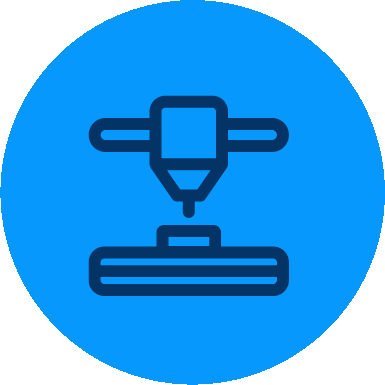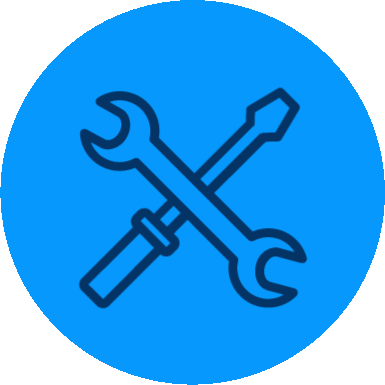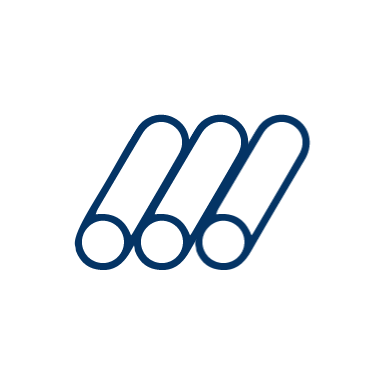How is Aluminum made?
1· BAUXITE
Aluminum production begins when bauxite and clay that has high concentrations of aluminum oxide is extracted a few meters below the ground. The bauxite is transported, and, with the help of a mill, the clay is flushed.
2· ALUMINA
The alumina or aluminum oxide is extracted from the bauxite through a refining process.
3· REFINING PROCESS
The aluminum oxide is separated from the bauxite using a hot sodium hydroxide and lime solution. The mixture is heated, filtered, and the remaining aluminum oxide dries up and forms a white powder.
1· Process of refining alumina into aluminum
The aluminum oxide is taken to the metal plant. There it is transformed into aluminum. Three materials are required to create aluminum: aluminum oxide, electricity and carbon. Electricity runs through a negative and positive carbon cathode. The anode reacts with the oxygen in the aluminum oxide and forms CO2. The result is liquid aluminum that can now be exploited from cells.
2· Primary aluminum to ingots
The liquid aluminum is poured into different types of containers creating blocks that are then smelted to generate the required alloys. These types of primary aluminum have different market names, the most common is ingot.

extrusion

SMELTING
Primary aluminum is acquired by Cuprum in ingots which are then melted together with other metals like silicon and magnesium creating alloys that are in accordance to the customer’s needs.

TRANSFORMATION
The molten aluminum is poured into furnaces that form bars known as “billets” which will be later used in the extrusion process.

EXTRUSION
The extrusion technique has unlimited designs and offers endless numbers of uses. Alloy bars are used in the extrusion process and are heated to a temperature that turns them into their plastic form cut into small ingots. These will be extruded through a tool that has the shape of the final product that will be delivered to the customer. The remaining material is sent to the smelting area for recycling.

MANUFACTURED AND FINISHED
To give added value to our profile we have manufacturing processes that offer increased usage and satisfaction to our customers. These are: wire drawing, cut to size, CNC machining, bending, threading, counter sinking and assembly.Cuprum offers different types of finishes: painted (consists of covering the profiles by means of either dry or liquid electrostatic painting), anodized (consists of covering the profile with a layer of protection by adding a layer of aluminum oxide. The material can be given color through a process of electro coloring) and sublimate (creating a wood type finish on the profile in question).

FINAL PRODUCT
Ladders, windows, profiles with added value.

RETAIL / DISTRIBUTION
Cuprum has a nationwide distribution chain, with its own and sublet delivery equipment; as well as a strong logistics team capable of obtaining products or assemblies from anywhere.

recycling
Cuprum is considered a sustainable company because 100% of its scrap is recycled within their processes and we contribute by obtaining aluminum products to mix.


